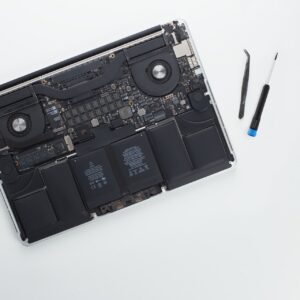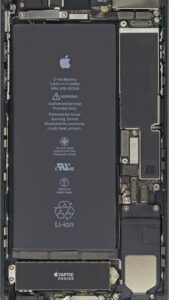Modern lithium-ion batteries have many subtypes, the main difference being the composition of the cathode (the negatively charged electrode). The composition of the anode can also be varied to completely replace graphite or to use graphite with the addition of other materials.
The different types of lithium-ion batteries are identified by their chemical degradation. This can be somewhat complicated for the average user, so each type will be described in as much detail as possible, including its full name, chemical definition, abbreviation and short designation. For ease of description, the abbreviated name will be used.
Lithium cobalt oxide (LiCoO2)
It has a high specific energy, which makes a lithium cobalt battery in demand in compact, high-tech devices. The cathode of the battery consists of cobalt oxide, while the anode consists of graphite. The cathode has a layered structure and during discharge, lithium ions move from the anode to the cathode. The disadvantages of this type are relatively short life, low thermal stability and limited cell power.
Lithium cobalt batteries cannot be discharged and charged with currents higher than their rated capacity, so a battery with a capacity of 2.4Ah can operate with a current of 2.4A. If a higher amperage is used to charge, it will cause overheating. The optimum charging current is 0.8C, in this case 1.92A. Each lithium cobalt battery is fitted with a protection circuit which limits the charge and discharge rate and limits the current to 1C.
Lithium Manganese Oxide (LiMn2O4, LMO)
The first information about the use of lithium with manganese spinels was published in scientific reports in 1983. Moli Energy produced the first batches of batteries based on lithium manganese oxide as cathode material in 1996. This architecture forms a three-dimensional spinel structure that improves ion flow to the electrode, thereby reducing internal resistance and increasing the possible charging currents. Spinel also has the advantage of thermal stability and increased safety, but the cyclic life and lifetime is limited.
Lithium-Nickel-Manganese-Cobalt Oxide (LiNiMnCoO2 or NMC)
Leading lithium-ion battery manufacturers have focused on combining nickel-manganese-cobalt as cathode materials (NMC). Similar to the lithium-manganese type, these batteries can be adapted to achieve high energy density or high power density but not simultaneously. For example, a 18650 NMC cell in a moderately loaded state has a capacity of 2.8Ah and can deliver a maximum current of 4-5A; an NMC cell optimised for high power parameters has only 2Wh, but can deliver a continuous discharge current of up to 20A. A special feature of the NMC is the combination of nickel and manganese, an example of which is table salt, where the main ingredients are sodium and chloride, which are toxic substances in isolation.




Average Rating